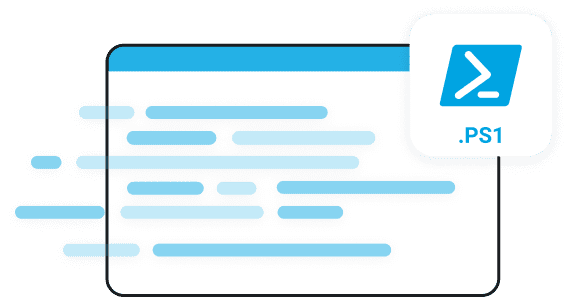PowerShell Commands
PowerShell is a robust command-line tool, scripting language, and automation platform. It helps sysadmins automate recurring tasks so they can spend more time where it matters. Here at PDQ, we love PowerShell. (We even host a podcast). To help our users save time and their own sanity, we've compiled a gallery of PowerShell commands. Aren't we sweet?


No results match your search
FAQs
What are common applications or uses for PowerShell, and who uses it?
IT administrators frequently use PowerShell to perform the following tasks:
Install and/or uninstall apps
Count files and folders
Get an IP address
Delete a partition
Create listings of specific user groups
Edit groups
Delete accounts
PowerShell is a flexible, versatile tool, so the list of potential uses is endless. Ultimately, your main limit is your creativity. Git and GitHub can help with version control and software configuration management as you execute your vision.
Where can you learn PowerShell?
Microsoft, PowerShell.org, and several other resources offer free learning materials that cover PowerShell. You can also learn PowerShell through a course from a provider like Skillshare, Udemy, or Pluralsight.
What are PowerShell commands?
PowerShell commands, also known as cmdlets, are lightweight commands that use a verb-noun format to carry out a single specific function. For instance, Foreach-Object allows you to execute statements and perform an operation for each item in a collection. Meanwhile, Get-ADObject acts like dsquery to return Active Directory objects.
